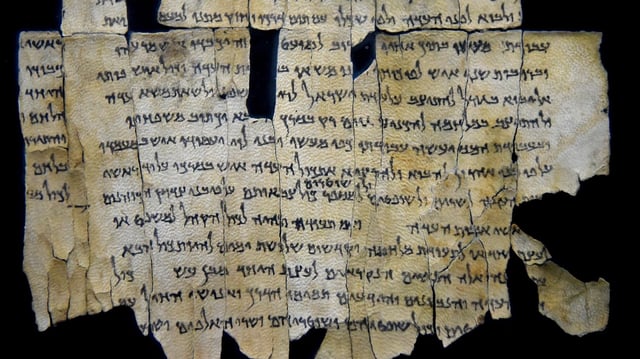Overview
- Researchers developed the Enoch AI model to integrate radiocarbon dates and handwriting analysis, providing a non-destructive method for dating ancient manuscripts.
- When applied to 135 undated scroll fragments, Enoch produced realistic age estimates for 79 percent of them as confirmed by expert paleographers.
- The new chronology dates two biblical fragments—4QDaniel and 4QQohelet—to the third and second centuries BCE, aligning with their presumed authors’ lifetimes.
- Analysis shows that Hasmonean and Herodian script styles coexisted from the late second century BCE onward, extending their previously understood overlap.
- Revised dating suggests many manuscripts found near Qumran were likely produced elsewhere, prompting a reassessment of their origins and early Jewish‐Christian history.



